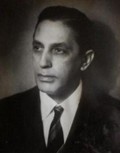
Manoel de Abreu
Radiologist
* January 4th., 1894, São Paulo, Brasil
† January 30th., 1962, Rio de Janeiro, Brasil
Abreu introduced the earliest large-scale clinical application of photofluorography, or “Roentgen-photography”. This technique, also called “Abreugraphy”, permitted practical chest surveys of large groups effectively at a low cost.
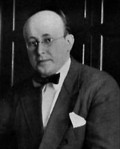
Manuel Balado
Neurosurgeon
* 1897, Buenos Aires, Argentina
† 1942, Buenos Aires, Argentina
Balado was a pioneer of Argentinean neurosurgery. The difficulties for topographic diagnosis encouraged him to develop iodoventriculography in 1928, a method that helped to solve the difficulties to visualize the third ventricle, which was deficiently studied with Dandy’s air methode.
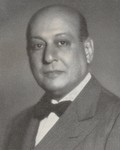
Humberto Carelli
Radiologist
* November 8th., 1868, Mercedes, Argentina
† January 30th., 1963, Buenos Aires, Argentina
Carelli was one of the founders of the Argentine Society of Radiology. He developed pneumoretroperitoneum in 1921. In 1925 he developed “gynecography”, combining pneumoperitoneum and hysterosalpingography, for which he designed a radiological table
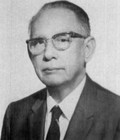
Agustin Castellanos
Pediatrician, radiologist and cardiologist.
* September 12th., 1902, Havana, Cuba
† December 7th., 2000, Miamo, Florida
Castellanos described the first practical method of angiocardiography, with which he studied several congenital malformations of the heart. Also, he designed the first automatic angiocardiographic injection device.
He also pioneered the method of retrograde injection of contrast material into the aorta which was mainly used to diagnose patent ductus arteriosus. He was nominated for the Nobel Prize twice.
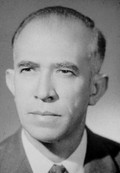
Alejandro Celis
Physician
* ?, Mexico
† ?, Mexico
Alejandro Celis, dissatisfied with the disadvantages of the peripheral injection method for angiocardiography, described in detail in 1947 a technique for intracardiac angiocardiography injecting the contrast material directly into the heart through a catheter.
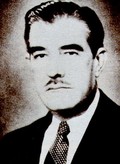
Luis Fariñas
Radiologist
* 1894, Havana, Cuba
† 1951, Havana, Cuba
Fariñas was a radiologist that helped Agustin Castellanos with his pediatric angiographic studies. He introduced abdominal aortography with injection into a catheter that was slipped into the femoral artery through a trocar.
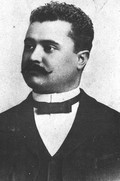
Daniel García
Physician
* ?, Mexico
† ?, Mexico
Daniel García performed the first angiogram post-mortem in Latin America a few months later than Hascek andLindenthal did it in Vienna.
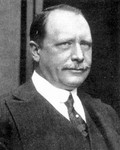
Carlos Heuser
Radiologist
* 1868, Buenos Aires, Argentina
† 1934, Buenos Aires, Argentina
Heuser was one of the founders of the Argentine Society of Radiology. He was one of the best known South-American radiologists of his time. He weas the first to use lipiodol for hysterosalpingography. He called his technique “metrosalpingography”
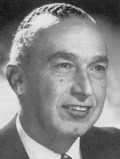
Raul Leborgne
Radiologist
* 1907, Montevideo, Uruguay
† 1986, Montevideo, Uruguay
Leborgne made important advance to mammography. He gave great importance to radiographic techique (with high contrast and fine detail), used the collimating cone to compress the breast, added the craniocaudal view to the mammogram, which, until then, consisted of a lateral-oblique projection only, mentioned the differential diagnostic contribution of microcalcification, and anticipated screening.
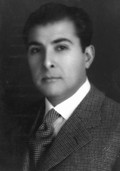
Pablo Mirizzi
Surgeon
* January 25th., 1893, Córdoba, Argentina
† August 28th., 1964, Córdoba, Argentina
Mirizzi was a noted billiary surgeon. He developed intraoperative cholangiography in 1931 in the Province ofCórdoba, Argentina. It is also called “mirizzigraphy”.
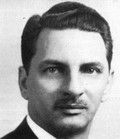
Elmo Ponsdomenec
Radiologist
* 1919, Cuba
† ?, Cuba
Ponsdomenec described in 1951 the method of opacifiyng both the right and the left heart chambers by percutaneous heart puncture
